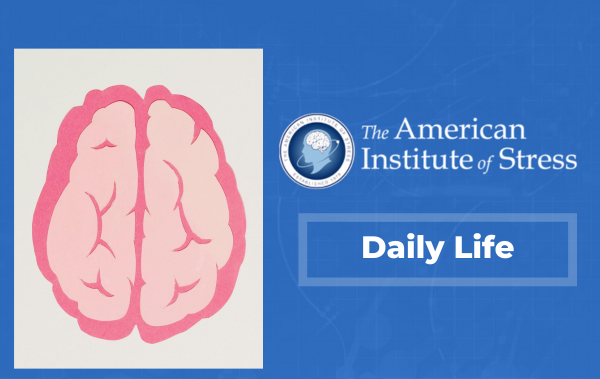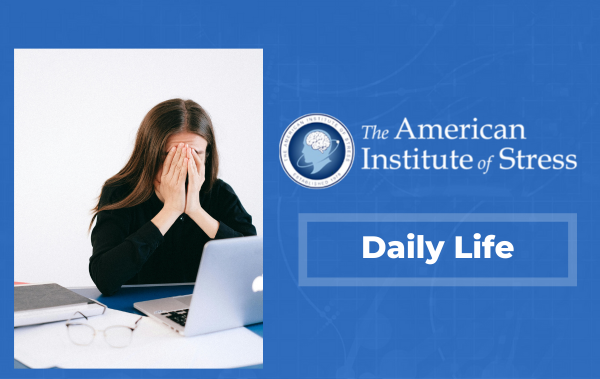Two regions of the brain play pivotal roles in the experience of stress and the restoration of calm, an imaging study has discovered.

The effects of stress on the mind and body, such as heightened alertness and a rapid heartbeat, are a mixed blessing for modern humans.
In our distant evolutionary past, the stress of encountering a hungry predator or squaring up to a rival helped to keep us alive.
In the modern world, however, the immediate psychological and physiological effects of stress in situations, such as an exam, a job interview, or a first date, can be counterproductive.
More seriously, chronic stress has associations with worse physical and mental health.
Fortunately, unlike other animals, humans can develop cognitive strategies for reducing their subjective experiences of stress.
Successful coping strategies that psychologists have identified include expressing stress-related feelings, either verbally or in writing, reappraising a stressful situation to see it in a more positive light, and mindful attention.
By studying animals, biologists have learned a great deal about how the central nervous system regulates the physiological effects of stress.
But investigating how the brain manages the subjective experience of stressful events has proved more challenging.
“We can’t ask rats how they are feeling,” says Elizabeth Goldfarb, Ph.D., an associate research scientist at the Yale Stress Center, part of Yale School of Medicine in New Haven, CT.
To learn more about the neural correlates of feeling stressed, Goldfarb and her colleagues used functional magnetic resonance imaging (fMRI) to scan the brains of 60 volunteers as they looked at sets of stress-inducing and neutral or relaxing pictures.
The report appears in the journal Nature Communications.
The researchers showed the participants stress-inducing images, such as a snarling dog, mutilated faces, and filthy toilets. In contrast, the neutral or relaxing images included people reading in a park and scenes from nature.
After viewing each set of pictures, the researchers asked the participants to press buttons to rate how stressed they felt on a scale of 1 to 9 (1 for not stressed at all, 9 for extremely stressed). The volunteers also rated how calm or relaxed they felt.
Original POST: HERE





